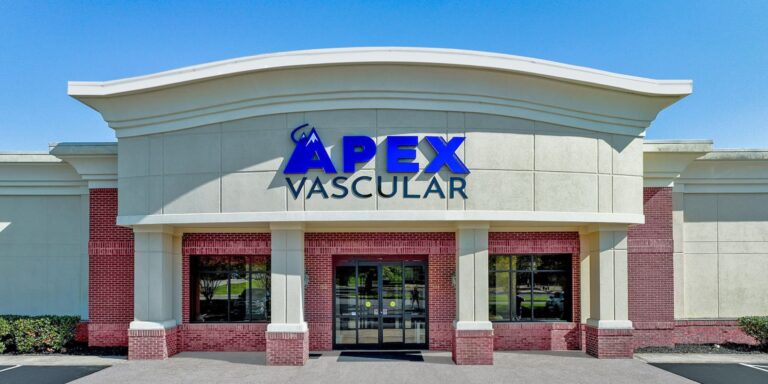Peripheral vascular disease involves blockages affecting the body’s lower extremities. These types of obstructions can cause serious circulatory complications – some of which can become fatal if left untreated. Intervention is necessary to prevent complications of peripheral vascular disease and the deterioration of the affected limb. Peripheral vascular intervention varies from patient to patient, with some achieving improvement using conservative treatments like medication and lifestyle modifications. Others require further treatment, such as angioplasty or peripheral artery bypass.
Did you know?
The signs of peripheral vascular disease are hard to miss. They are generally isolated to a single affected limb, though more than one limb may have blockages. Symptoms of a peripheral vascular disease may include muscle aches, numbness, tingling, changes to skin tone, changes in the temperature of the affected limb, and even wounds that do not heal as quickly as they should. If you are experiencing any of these symptoms, seek medical attention immediately.
Frequently Asked Questions
Am I a candidate for peripheral vascular intervention?
You may be a candidate for peripheral vascular intervention if you have been diagnosed with a peripheral vascular disease or arterial blockages in your legs. Your doctor may suggest peripheral vascular intervention to help you prevent the need for a future foot or leg amputation.
What should I expect during a peripheral vascular intervention?
In some cases, lifestyle modifications, exercise, and medications are enough to treat peripheral vascular disease. However, the most common type of peripheral vascular intervention is angioplasty and stenting. During this procedure, you will be sedated, but not under general anesthesia. A catheter (hollow tube) is inserted in to a tiny incision near the groin and threaded through the arteries inside the affected area. A balloon is inflated at the site of the blockage to move plaque into the wall of the artery. Finally, a stent is put in place to facilitate blood flow and prevent the blockage from returning.
Depending on your specific circumstances, your cardiologist may recommend any number of other peripheral vascular interventions. Examples include a catheter directed thrombolysis, excimer laser therapy, and angiojet catheter thrombectomy. All of the procedures are designed to help prevent invasive surgeries and minimize patient recovery time.
Will I need to follow any special instructions following this procedure?
You may need to stay in the hospital for observation in the hours following an angioplasty. Your cardiologist will likely make dietary and exercise recommendations, and he or she may also prescribe medications for short or long-term use following a peripheral vascular intervention procedure.









